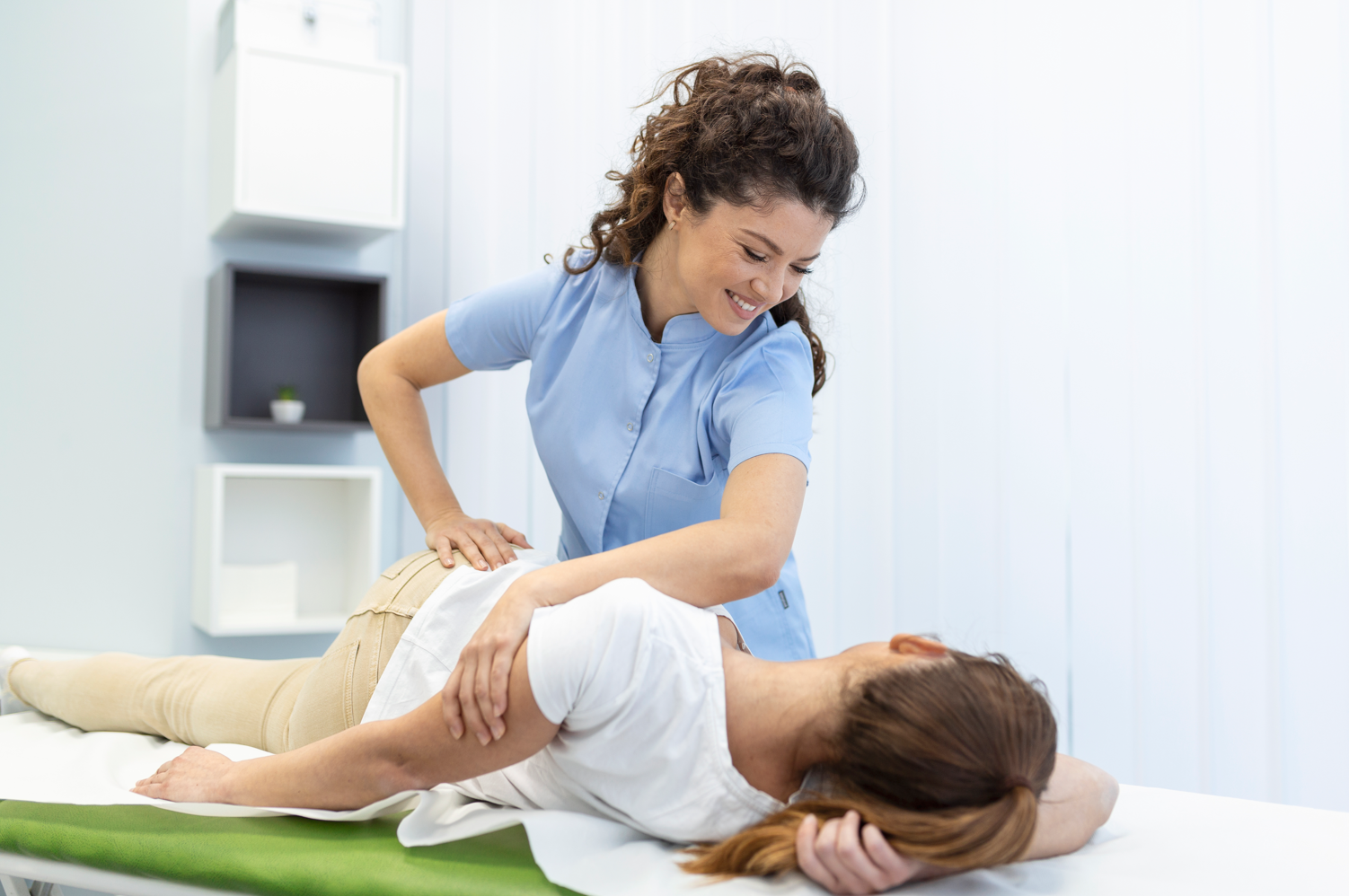
There’s no denying that recovering from an auto accident can be a challenging journey. While physical injuries are often the most visible, emotional and psychological impacts can be equally significant. Thankfully, there are various therapy methods to aid in the recovery process.
Below, we’ll discuss some of the most effective therapy approaches that individuals can benefit from after experiencing an auto accident. Let’s dive in.
1. Physical Therapy
Physical therapy is a cornerstone of recovery following an auto accident, particularly for those who have suffered musculoskeletal injuries. A licensed physical therapist creates a personalized rehabilitation plan to help restore mobility, strength, and function.
This may include exercises, stretches, and techniques such as ultrasound or electrical stimulation. The primary goal is to reduce pain, improve movement, and regain independence. Consistent sessions with a physical therapist can lead to long-term benefits, enabling a return to everyday activities.
2. Occupational Therapy
Occupational therapy focuses on helping patients regain the ability to perform daily tasks after an accident. This could involve assistance with basic activities such as dressing, cooking, and returning to work. An occupational therapist assesses the patient’s specific needs and provides strategies to adapt tasks and environments accordingly.
This includes using assistive devices or modifying activities to increase accessibility. By concentrating on practical skills, occupational therapy aims to promote independence and enhance overall quality of life.
3. Chiropractic Care
Chiropractic care zeroes in on diagnosing and treating mechanical disorders of the musculoskeletal system, particularly the spine. After an auto accident, individuals often experience alignment issues that may lead to persistent pain and discomfort. Chiropractors use manual adjustments to help realign the spine and improve overall function.
This non-invasive approach provides significant relief from headaches, neck pain, and back pain commonly experienced after collisions. Regular chiropractic treatments also support the body’s natural healing processes.
4. Cognitive Behavioral Therapy (CBT)
Emotional and psychological recovery is often neglected following an auto accident, yet it’s crucial for holistic healing. Cognitive behavioral therapy (CBT) is a well-established approach that focuses on identifying and changing negative thought patterns.
Many individuals may experience anxiety, depression, or post-traumatic stress disorder (PTSD) as a result of the trauma. CBT therapists work to empower patients by helping them develop coping strategies, challenge irrational beliefs, and build resilience. With the right support, individuals can work through their emotions and regain a sense of control over their lives.
5. Massage Therapy
Massage therapy can be a beneficial complement to traditional rehabilitation after an auto accident. It helps reduce muscle tension, alleviate pain, and promote relaxation. Different techniques, such as deep tissue or Swedish massage, can target specific areas of discomfort caused by the accident.
Additionally, massage therapy releases endorphins, which are the body’s natural painkillers. Regular sessions contribute in improving circulation, enhancing mobility, and providing much-needed relief from the physical and emotional stress associated with recovery.
6. Art and Music Therapy
Creative therapies, such as art and music therapy, play an essential role in emotional recovery after an auto accident. These expressive therapies provide individuals with a safe outlet to explore and process their feelings.
Art therapy invites patients to create without judgment, which helps them access emotions that they might struggle to verbalize. Similarly, music therapy utilizes rhythm and melody to facilitate emotional expression and relaxation. Both approaches foster a sense of well-being and can aid in reducing anxiety and stress.
7. Group Therapy
Group therapy offers individuals a chance to share their experiences and feelings in a supportive environment. Connecting with others who have undergone similar situations can help eradicate feelings of isolation and encourage healing.
These sessions, often led by a trained therapist, foster open discussions about trauma and recovery, providing tools for coping with the aftermath of an accident. Group settings also create a sense of community, enabling participants to learn from one another and build resilience together.
8. Mindfulness and Meditation
Incorporating mindfulness and meditation practices into recovery significantly enhances emotional well-being. Mindfulness teaches individuals to stay present and acknowledge their feelings without judgment. Techniques may include deep breathing exercises, guided imagery, or body scanning.
Regular practice reduces stress and anxiety and leads to improved emotional regulation. Additionally, it empowers individuals to take charge of their mental health, fostering a sense of peace and acceptance throughout their recovery journey.
Recovering from an auto accident is a multifaceted process that often requires a combination of therapies to address both physical and emotional needs. Individuals may benefit from a blend of physical therapy, occupational therapy, CBT, massage therapy, acupuncture, chiropractic care, and group therapy. It’s also important to remember that everyone’s experience is different, and finding the right combination of therapies is essential for optimal recovery.
If you or a loved one is seeking guidance on healing after an accident, consider consulting with a professional at a therapy clinic near you, like Stroud Chiropractic Clinic. They can help you navigate the available options and create a recovery plan that empowers you to heal and regain confidence in your daily life. With the right support and therapeutic approaches, a smoother path to recovery can be achieved, allowing individuals to reclaim their lives post-accident.


